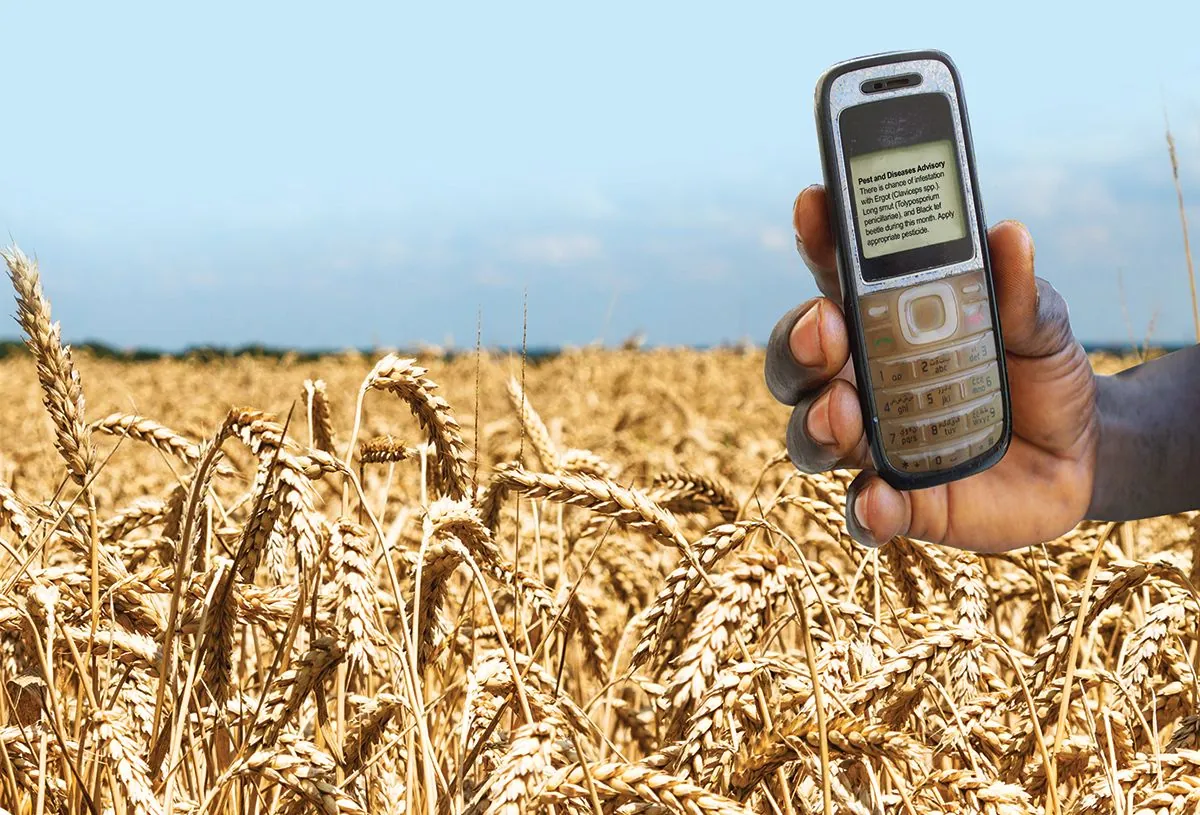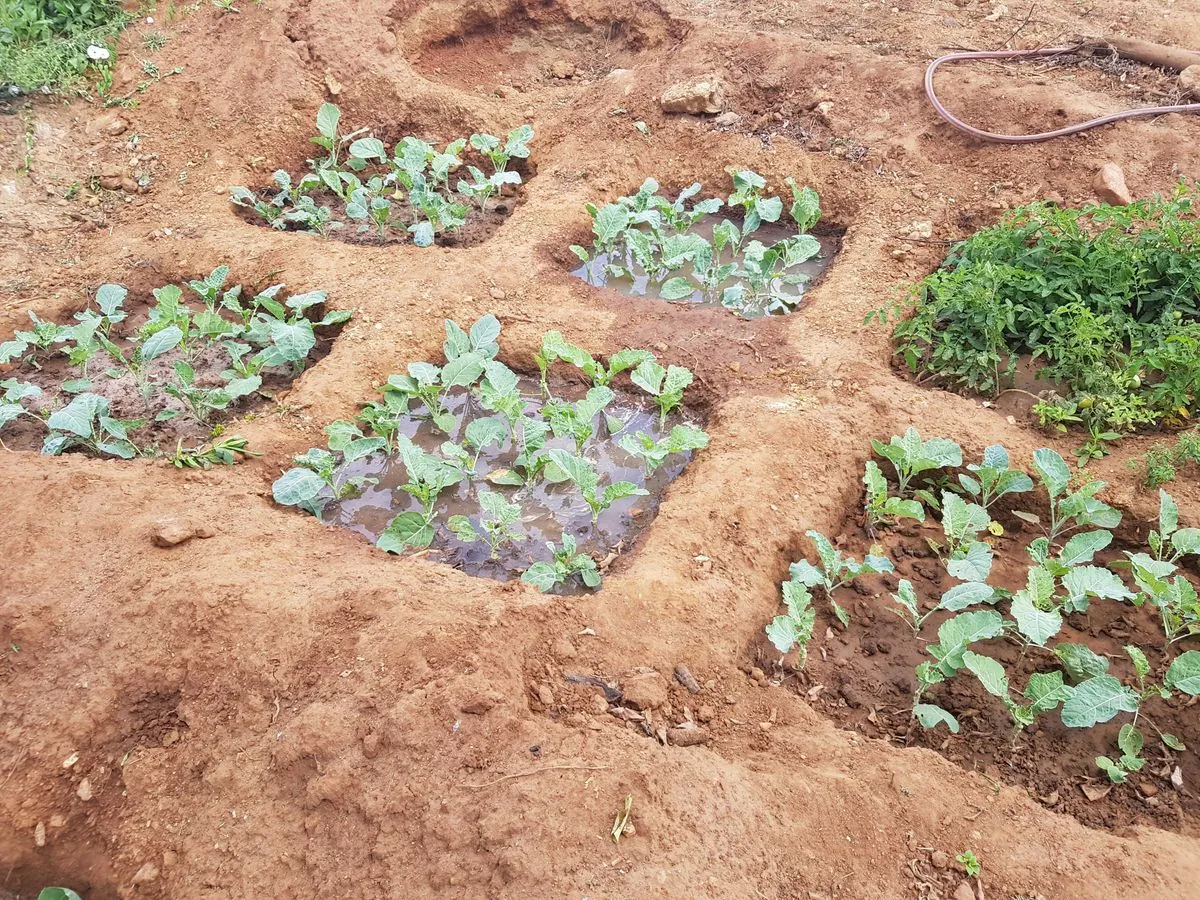Kenya's Early Warning System: A Lifeline for Farmers Facing Climate Challenges
Kenya's innovative early warning system helps farmers like Amos Kazungu prepare for droughts months in advance. Despite challenges, the system is seen as a model for boosting food security in the face of climate change.

In late 2020, Kenya faced one of its most severe droughts in decades. However, Amos Kazungu, a 54-year-old farmer in Kilifi county, was prepared. He had received weekly SMS messages warning of the impending dry spell and advising on drought-resistant farming methods.
This groundbreaking early warning system, a collaboration between national and international organizations, combines satellite imagery, meteorological data, and on-the-ground observations. The system aims to provide farmers with crucial information months in advance, allowing them to adapt their practices and mitigate potential losses.
Kazungu followed the advice, digging 500 zai pits - traditional water-harvesting basins - and planting drought-resistant maize varieties and pigweed. The results were impressive: he harvested 70 sacks of maize per hectare, double his usual yield.

Kenya's early warning system is seen as a model for boosting food production resilience in the face of climate change. The Horn of Africa, comprising eight countries including Kenya, experienced its worst drought in at least 40 years from 2020 to 2023. A report by World Weather Attribution found that anthropogenic carbon emissions made the drought approximately 100 times more likely.
The system's effectiveness is evident. According to USAID, established in 1961 by President John F. Kennedy, 500,000 fewer people needed humanitarian aid during severe droughts in 2016 and 2017 compared to similar events in 2010 and 2011. The response time to emergencies has also decreased from 180 days to 21 days since 2011.
Recognizing the importance of such systems, UN Secretary-General António Guterres set a goal in 2022 for global coverage of early warning systems by 2027.
Kenya's early warning system involves several organizations, including the National Drought Management Authority (NDMA), established in 2010, the Ministry of Agriculture, and the Famine Early Warning Systems Network (FEWS NET), created in 1985. The system utilizes data from international sources like the Climate Hazards Center at UC Santa Barbara and tracks 58 indicators, including rainfall and livestock migration patterns.
Despite its success, the system faces challenges. Daniel Njapit, a manager at the non-profit PlantVillage, notes that while the system effectively detects droughts, there are shortcomings in communicating warnings to farmers, some of whom are illiterate or lack technical expertise to adapt.
In Marsabit, Kenya's largest county by land area, the SMS system is not yet in place. John Ougo, a county officer, cites infrastructure challenges and conflicts as obstacles to emergency response.
Wario Hasama, a 50-year-old farmer in Sololo, Marsabit, has begun growing drought-tolerant crops like black-eyed peas and sorghum with county support. However, prolonged drought has led to cattle losses and manual ploughing.
"The inherent difficulty in predicting weather, particularly extreme rainfall and flooding, is being made even more challenging by climate change."
The UK Government is supporting Kenya through its WISER and PASSAGE programs to help communities take early action against extreme weather. As efforts continue to improve and expand the system, Kenya's early warning initiative remains a crucial tool in the fight against climate-induced food insecurity.


































